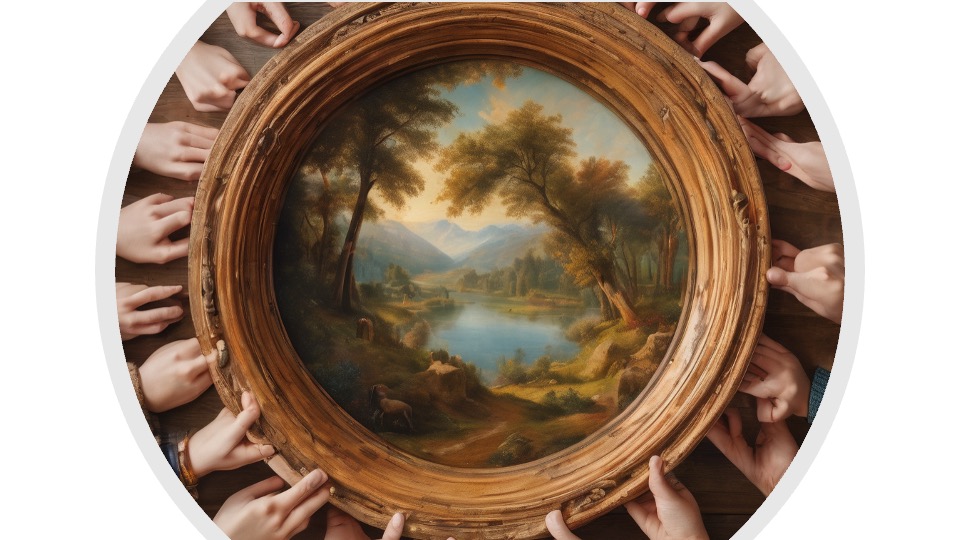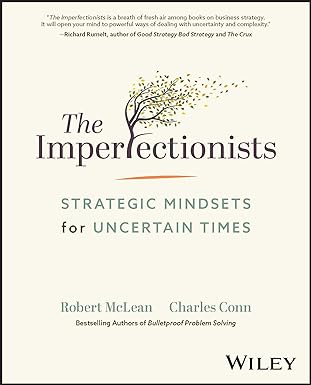The Art of Imperfectionism
In a world that often celebrates perfection and demands flawless outcomes, the concept of imperfectionism may sound counterintuitive. However, embracing imperfectionism is a powerful way to unlock creativity, foster personal growth, and build a richer, more connected life. In this blog post, we’ll look at Robert McLean, Charles Conn book the “the Imperfectionists – Strategic mindsets for uncertain times.”
We’ll look at the key themes of being curious, embracing a multi-perspective view of any problem, experimental use of data, using collective intelligence, storytelling to communicate the solution, and living with ambiguity, all of which are integral to “The art of imperfectionism”.
An almost incomprehensible amount of data is created every day and for each year figures are growing at an ever increasing rate. We need a different approach to problem solving and here are six key practical mindsets that help us move forward.
Mindset 1: Curiosity as the Catalyst
Imperfectionism begins with a profound sense of curiosity. It’s about asking questions, challenging assumptions, and embracing the unknown. When we allow ourselves to be curious, we open the door to new ideas, experiences, and perspectives. Curiosity fuels our desire to learn, explore, and grow.
In 1970’s the Minesota Mining and Material (3M) is an example of a company that has encouraged a mindset where its employees foster a spirit of curiosity. It allowed its staff to dedicate 15% of time away from core tasks. The idea being that if people had time to pursue their interests there would be more innovation. 3M has been in operation for over a century and is constantly re-inventing itself with this mindset.
Decades later Google upped the anti by encouraging 20% of employees time focused on innovation. Which allowed staff to identify and focus on what they want to learn. Requiring flexibility, commitment but always looking for ways to make it fun!
The Nespresso capsule was invented by a brilliant engineer Eric Favre, he discovered how a popular coffee shop made a remarkable creme. He then replicated this in the lab which led to the invention of the nespresso capsule. Psychologists define curiosity about bridging the gap between what we know and what we want to know. We need to feed our curiosity.
Adoption of curiosity in practice
- Put yourself in the path of stimulating people, places and conversations.
- Ask why to everything without fear.
- Cultivating conditions for novelty, gestation and safety in your workplace to make creative thinking welcome.
Mindset 2: The Power of Multiple Perspectives – Dragonfly eye perspective
Imperfectionism encourages us to view the world through various lenses. Instead of settling for a single viewpoint, we seek out diverse perspectives and consider multiple angles of a situation. This multi-perspective approach not only enriches our understanding but also helps us make more informed decisions and build empathy for others.
In a world of changing data and technologies we need to look at the example of the Dragonfly which can see in 360 degrees with unparalleled clarity. We can no longer operate in the way we have always we need to look at new ways to do things.
Ways to garner multiple perspectives
- Come at problems at a few different angles. i.e invisialign – 15 billlion dollars market cap, but its creators were MBA students not Orthodentists. Trick was to reimagine the problem from the point of the customer. In China the Uber rival Didi took on Uber and won now it has Global aspirations. Didi’s approach was to fend off Uber with aggressive discounts and more recently to work with car manufacturers with aspirations to be the company that services Global transportation. The Didi example also highlights the Global mindset and perhaps the differences between US and Chinese leadership styles.
- Look at the problem from the perspective of the user/ Zoom in and out and seek out other perspectives.
- Use the insights glean from these multiple perspectives to form your strategy.
In project delivery of technology we need to get the support of all the functions in the organisation from procurement, supply chain, to marketing and customer experience to get the best solution that benefits both customers and employees. We are seeking to get things right first time but for that multiple perspectives to contribute to the solution.
Mindset 3: Embracing the Experimental
Imperfectionism is synonymous with experimentation. It’s about taking risks, trying new things, and accepting that failure is an inherent part of the process. Through experimentation, we discover innovative solutions, uncover hidden talents, and push the boundaries of what’s possible.
Fly, Test, Fail, FIx is Tesla’s mantra and the emphasis is on testing ideas with practical experiments and using the results to avoid making the mistake next time. Failure is accepted as necessary and celebrated. No matter what you might think of Elon Musk there is no denying he is not afraid of trying new ideas and has incredible success alongside notable failures.
Living in the world of unprecenedent data generation we need to test the data more often through experimentalism rather than just relying on tried and tested techniques.
“If you’re not failing, you’re not pursuing innovation, and when you do fail, rebound quickly and start all over again. This is the idea behind my powerful strategy: Fail Fast to Learn Faster.”
Daniel Burrus (Futurist and Tesla driver.)
Mindset 4: Harnessing Collective Intelligence
The wisdom of the crowd is a powerful resource in the world of imperfectionism. By tapping into collective intelligence, we benefit from the insights, experiences, and perspectives of others. Collaboration and open dialogue become key drivers of progress, enabling us to solve complex problems and make more informed decisions.
In years gone by we would rely on Subject Matter Experts (SME) or consultants to guide us on how to best run a business or deliver a project. Today as new technologies multiply rapidly and new business models are created. We need to enhance the traditional industry experts with new technologies which can help make sense of all the new data. Here are three flavours of collective intelligence.
- Crowd Source expertise – Nature conservency – Fish recognition AI and machine learning uses monitors on fishing boats to avoid overfishing. The initiative relies on remote monitoring and cooperation from the fishing community to show the right type and amounts of fish are being caught.
- Collective Wisdom – Fire management in NorthernAustralia Turned to local Aboringal wisdom to successfully manage huge area of bush from dangerous fires. Which were becoming more prevalent as the indigeneous people were pushed off the land in the last 200 years with the arrival of the Europeans.
- Human AI collaboration – Use of AI swarms to give prediction and diagnosis of cancer at an early stage. Medical teams can jointly train AI models without exchanging data, by using decentralised artifical intelligences and swarm learning, to provide diagnosis, prognoses and tratment planning for cancer patients.
Experts will continue to provide new insight but moving forward we need a combination of both traditional experts and using new technologies such as AI and crowd sourcing to make the best decisions.
Mindset 5: Storytelling as Connection
Stories are at the heart of human communication and connection. Imperfectionism encourages us to embrace the art of storytelling, not just as a means of conveying information but as a way to share our experiences, vulnerabilities, and triumphs. Through storytelling, we connect with others on a deeper level, fostering understanding and empathy.
This amplifies all the mindsets above. It is about solving real world problems. How can we use data in story telling to improve the world in some small way. It is the insights wrapped in engaging storytelling that get the message across. Here are four ideas to make your case:
- Striking imagery: What is the killer graphic that summarises your point, can you show data as a boldly coloured Mind map that’s easy to understand?
- Prop to illustrate your point i.e food waste of average household but imagine the impact if you show in trashcans in front of you
- Demonstrations of the actual problem people can’t refute a clear example fo the problem you are trying to solve.
- Strive to speak to people hearts than to their actions. Add emotions, frame your ideas as a hero’s journey.
If you want to be successful with any of the above mindsets then we need to focus on story telling skills.
Mindset 6: Living with Imperfection
Barack Obama
Perhaps the most fundamental aspect of imperfectionism is the acceptance of our own imperfections. We recognize that perfection is an unattainable goal, and that’s okay. Living with imperfection means embracing our flaws and using them as stepping stones for growth. It’s about learning from our mistakes and allowing ourselves to evolve. We need to recognise our own blindspots and flaws and consciously seek to improve them. All of this needs to be done in humility and with an openness for new ideas
Conclusion
In a society that often values flawless results and relentless pursuit of perfection, embracing imperfectionism offers a refreshing perspective. By being curious, adopting multiple perspectives, experimenting fearlessly, tapping into collective intelligence, sharing our stories, and living with imperfection, we can unlock our full creative potential, deepen our connections with others, and lead more fulfilling lives. Imperfectionism is not about settling for mediocrity; it’s about striving for excellence while acknowledging that imperfections are an essential part of the journey. So, let’s embark on this imperfect but beautifully authentic path together and see where it takes us.





